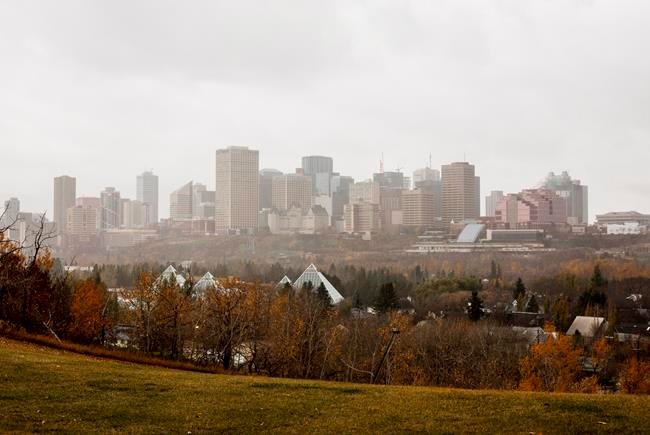Alberta:
For the first time in years, Alberta's growth has lagged behind the national average. Its 4.8 per cent growth rate between 2016 and 2021 was slightly below the national mark of 5.2 per cent. Only two of Canada's fastest-growing municipalities were Albertan and Wild Rose Country had more than its share of communities losing population. Still, the province now has more than 4.2 million people and its capital of Edmonton has pushed past the million-person mark for the first time.
Here's a look at the data.
2021 population: 4,262,635
2016 population: 4,067,175
Population percentage change: 4.8
Total private dwellings: 1,772,670
Private dwellings occupied by usual residents: 1,633,220
Population density per square kilometre: 6.7
Land area in square kilometre: 634,658.27
Some communities with the most growth:
Cochrane, 24.4 per cent.
Airdrie, 20.3 per cent.
Beaumont, 19.7 per cent.
Mackenzie County, 14.6 per cent.
Canmore, 14.3 per cent.
Some communities with the least growth:
Athabasca County,-11.6 per cent.
Lac la Biche County, -7.9 per cent.
Brazeau County, -7.6 per cent.
Barrhead County No. 11, -6.5 per cent.
Greenview No. 6, -6.2 per cent.
Saskatchewan:
Saskatchewan experienced slower growth in the last few years. The province's population grew 3.1 per cent between 2016 and 2021. That's less than half the 6.3-per-cent growth it saw in the previous census. There are now 1,132,153 Saskatchewanians. Almost half -- 43 per cent -- live in the two largest cities, Saskatoon and Regina.
Here's a look at the data.
2021 population: 1,132,153
2016 population: 1,098,352
Population percentage change: 3.1
Total private dwellings: 513,725
Private dwellings occupied by usual residents: 449,581
Population density per square kilometre: 2.0
Land area in square kilometre: 577,060.4
Some communities with the most growth:
Warman, 12.7 per cent.
Martensville, 9.3 per cent.
Saskatoon, 7.7 per cent.
Regina, 5.3 per cent.
Prince Albert, 5.1 per cent.
Some communities with the least growth:
Estevan, -5.5 per cent.
North Battleford, -3.3 per cent.
Moose Jaw, -0.7 per cent.
Melfort, 0.6 per cent.
Meadow Lake, 0.4 per cent.
Manitoba:
Canada's Keystone Province kept close to the national growth average in the most recent census. There were five per cent more Manitobans than at the time of the 2016 census, bringing the total to 1,342,153. They were highly concentrated in the capital city of Winnipeg, which has 56 per cent of the province's entire population and grew at a rate of 6.3 per cent.
Here's a look at the data.
2021 population: 1,342,153
2016 population: 1,278,365
Population percentage change: 5.0
Total private dwellings: 571,528
Private dwellings occupied by usual residents: 518,054
Population density per square kilometre: 2.5
Land area in square kilometre: 892,411.76
Some communities with the most growth:
Niverville, 29 per cent.
West St. Paul, 24.5 per cent.
Neepawa, 23.3.
Morden, 14.5 per cent.
Macdonald, 13.4 per cent.
Some communities with the least growth:
Thompson, -4.7 per cent.
Rhineland, -2.1 per cent.
St. Andrews, -1.6 per cent.
Portage la Prairie (Rural Municipality), -1.2 per cent.
Portage la Prairie (City), -0.3 per cent.
This report by The Canadian Press was first published Feb. 9, 2022.
The Canadian Press




